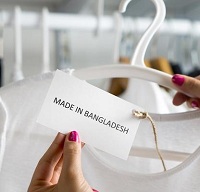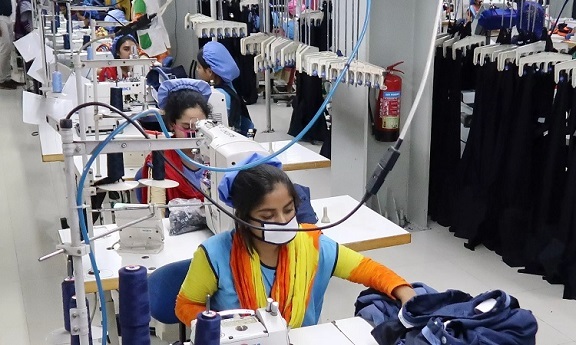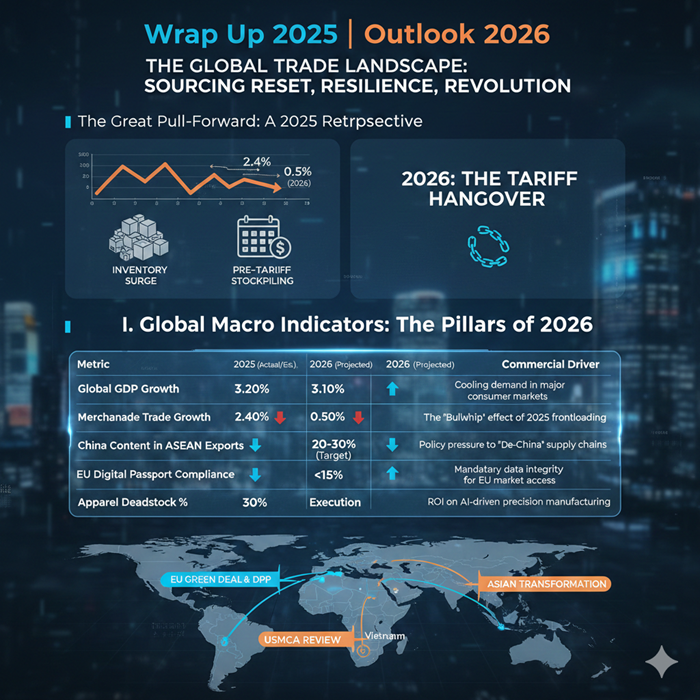 From 2009-19, global textile and apparel trade grew at 3 per cent CAGR to reach $818 billion in 2019. Majority share is likely to be claimed by the apparel segment which is likely to grow to $470 billion, says a Textile Value Chain report. This will be followed by fabric and yarn as the second and third largest traded categories.
From 2009-19, global textile and apparel trade grew at 3 per cent CAGR to reach $818 billion in 2019. Majority share is likely to be claimed by the apparel segment which is likely to grow to $470 billion, says a Textile Value Chain report. This will be followed by fabric and yarn as the second and third largest traded categories.
Synthetic fibers to drive future MMF demand
Global consumption of fibers has been growing since the last decade. In 2019, consumption reached 108 million metric tons with majority being driven by synthetic fibers. It is likely to further grow by 4 per cent between 2019-23, says a 2020 Lenzing Report. The Fibers Global Supply Demand report 2018 published by Wood Mackenzie predicts majority of consumption will be centered around polyester with 56 per cent consumption followed by cotton 26 per cent. Man-made fibers will continue to attract consumers across the globe.
Over the next few years, manmade fibers are likely to become the fibers of choice for consumers. Their demand will be driven by cost competitiveness, changing perceptions and increasing acceptability. These fibers also offer unlimited recycling opportunities while their versatility makes them useful in end-use categories such as sportswear, leisurewear, women dresses, home textile, automotive, carpets and other industrial sectors
changing perceptions and increasing acceptability. These fibers also offer unlimited recycling opportunities while their versatility makes them useful in end-use categories such as sportswear, leisurewear, women dresses, home textile, automotive, carpets and other industrial sectors
One of the world’s largest RMG producers, Bangladesh has a huge potential in the MMF segment. The country currently has only 27 mills producing man-made fibers. Production of polyester stable fiber is only half of its capacity, as per the Wood Mackenzie Chemicals Report 2018 and TTS analysis. To explore MMF potential further, the country needs to utilize and strengthen its existing resources.
In 2019, Bangladesh held approximately 5 per cent share in global MMF apparel trade whereas it share in the global cotton garments trade was close to 15 per cent. However, its share has consistently been increasing over the last few years with Bangladesh currently having 11 per cent share in global sweater market.
More investments and duty relaxations
To increase its MMF market share, Bangladesh needs to set up more factories production MMF textiles and apparels. It also needs to invest in the backward linkage of the man-made textile value chain, to capture 80 per cent of the demand. Currently, China, Viet Nam, Indonesia, South Korea, Thailand etc, are the world’s leading man-made fiber exporters. On, the other hand, Bangladesh’s exports have stagnated at 20 per cent, says a study by the Bangladesh Garment Manufacturers and Exporters Association (BGMEA).
To accelerate MMF production, Bangladesh needs to ease its FDI rules. The government should also permit raw material imports under a duty-free facility, opines Chairman, BTMA. The current COVID situation and growing apparel sourcing diversification offers Bangladesh an opportunity to enhance its textile value chain with MMF investments.












